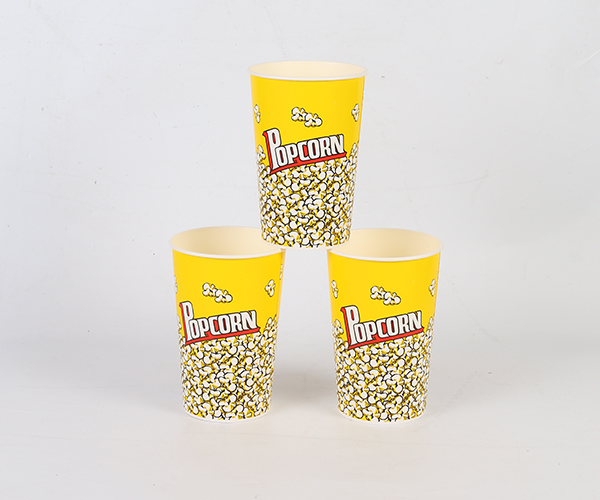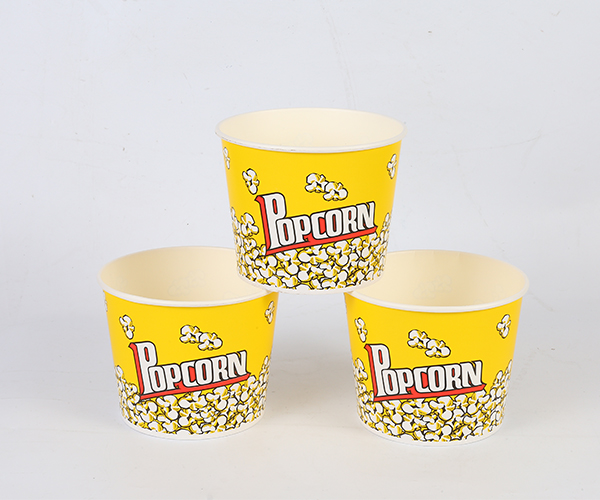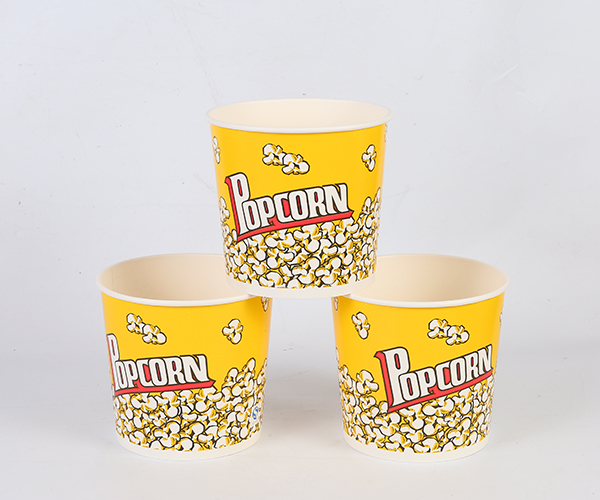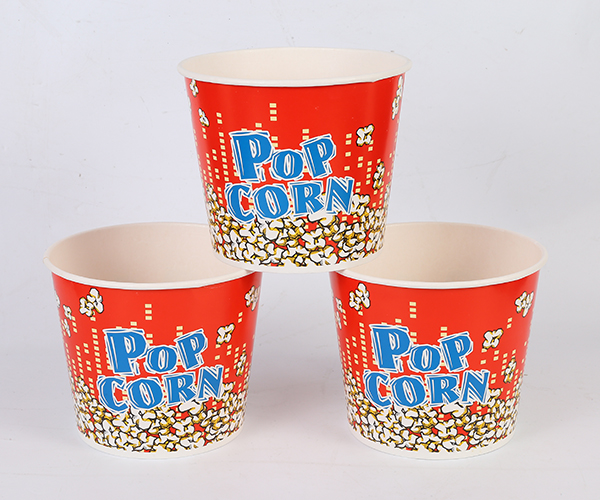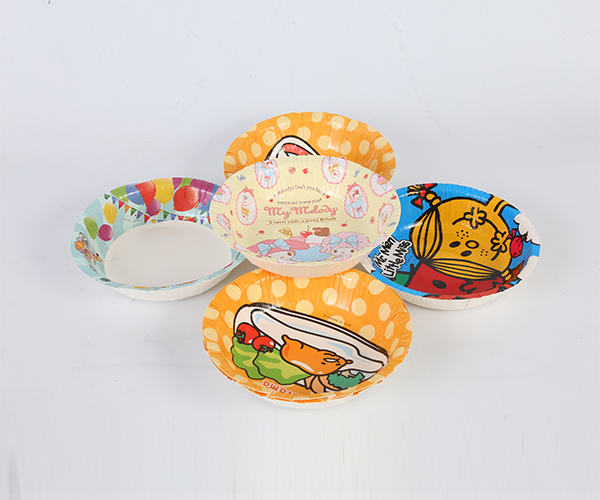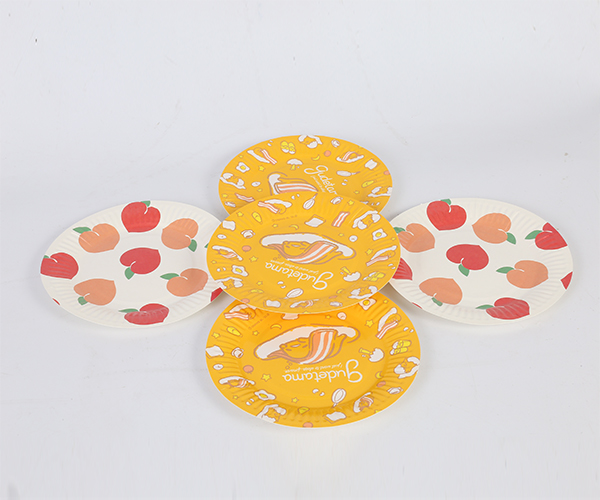The Role of Thickness in Thermal Insulation
The thickness of a Disposable Paper Cup plays a crucial role in determining how effectively it can retain heat. Thicker cups have more material between the hot liquid and the surrounding environment, which creates a more substantial barrier to thermal transfer. This helps slow down the escape of heat from the beverage to the air and reduces the speed at which the drink cools. As a result, beverages in thicker cups tend to stay warmer for a longer period compared to those served in thinner cups. In this way, thickness directly impacts the cup's heat retention capabilities.
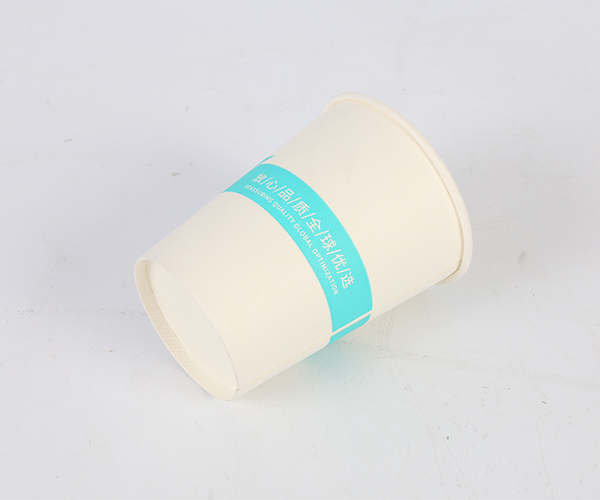
Heat Transfer and Material Density
Thermal conductivity, which is the rate at which heat passes through a material, is influenced by both the type and amount of material. In paper cups, thicker walls mean there is a greater volume of paper and liner material resisting the outward flow of heat. This increased density doesn't stop heat loss altogether, but it does decelerate it. While the actual paper material has modest insulating properties, adding layers or increasing thickness enhances these properties slightly. Therefore, cups with greater wall thickness typically offer better thermal control.
Single-Wall vs. Double-Wall and Ripple-Wall Designs
Many standard paper cups are single-wall, offering limited insulation due to their thin construction. However, thicker variants such as double-wall or ripple-wall cups incorporate additional layers that trap air between walls, significantly improving insulation. Air is a poor conductor of heat, so this trapped layer acts as a thermal buffer. Even if the outer paper material is similar, the presence of more layers or textured designs helps keep beverages hot for longer. The difference in heat retention between a thin single-wall cup and a thicker ripple-wall cup can be several minutes under real-use conditions.
Effect on External Surface Temperature
In addition to internal heat retention, thickness also affects the cup’s external surface temperature. Thin cups tend to become hot to the touch when filled with warm liquids, which can cause discomfort or even minor burns to users. Thicker cups, by contrast, shield the hand from direct heat and are safer and more comfortable to hold. This added comfort often eliminates the need for extra accessories like cup sleeves or holders. Thus, greater thickness not only improves heat retention but also enhances user experience.
Duration of Use and Practical Considerations
The importance of cup thickness becomes especially evident in situations where beverages need to stay hot for extended periods, such as during meetings, travel, or delivery. A thicker cup maintains temperature stability more effectively over time, allowing consumers to enjoy their drink without it turning lukewarm too quickly. On the other hand, thinner cups are more suited for immediate consumption and are often chosen for cost-effectiveness in short-term use. Therefore, the appropriate thickness depends on the expected duration of drink retention and the user’s comfort needs.
Environmental and Cost Trade-Offs
While thicker cups offer good heat retention, they also use more raw materials, which can impact environmental sustainability and cost. Manufacturers and businesses must balance thermal performance with ecological and budgetary considerations. In some eco-conscious designs, recycled materials or biodegradable linings are used to offset the impact of increased material usage. Some brands also experiment with lightweight insulating technologies that improve heat retention without significantly increasing cup thickness or waste.
Conclusion: Thickness Matters for Thermal Efficiency and User Comfort
In summary, the thickness of a Disposable Paper Cup significantly affects its heat retention performance. Thicker cups, especially those with double or ripple walls, provide better insulation, protect users from heat, and maintain beverage temperature over time. While they may be slightly more expensive or material-intensive, the benefits in terms of user experience and functionality often outweigh the drawbacks. Selecting the appropriate thickness for specific applications ensures both practicality and satisfaction for end-users.


 English
English 中文简体
中文简体
